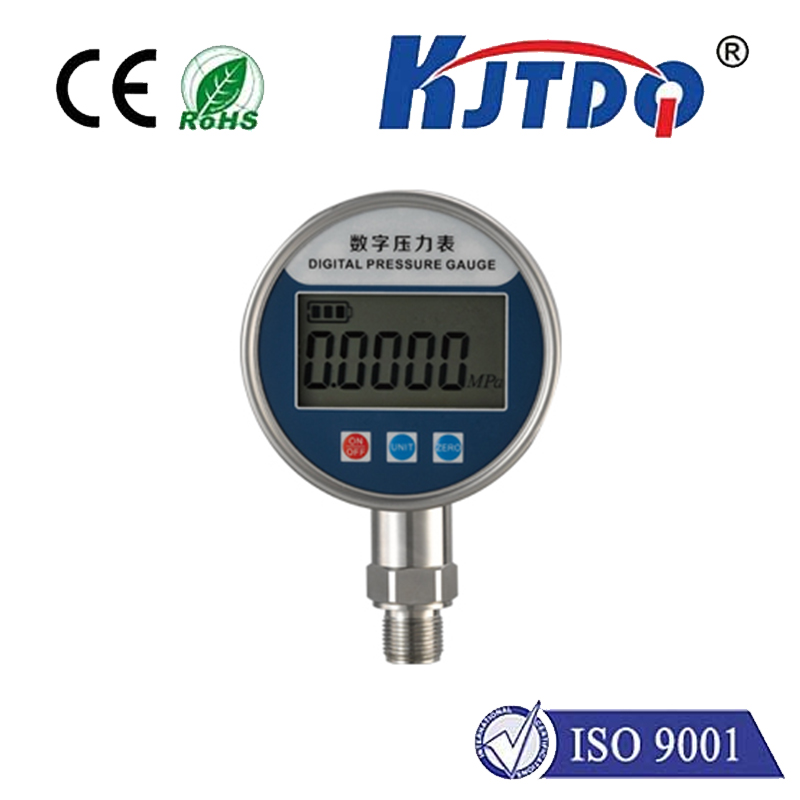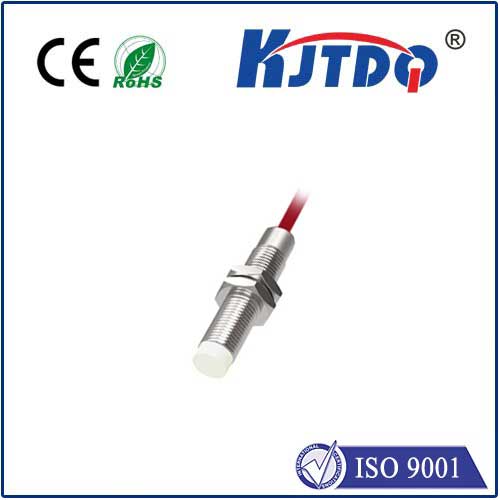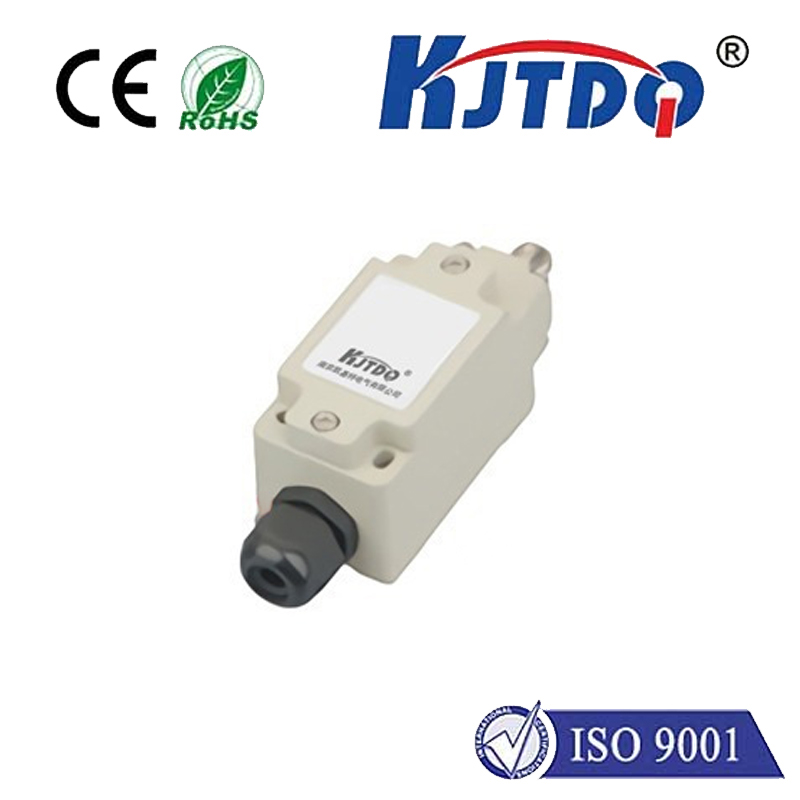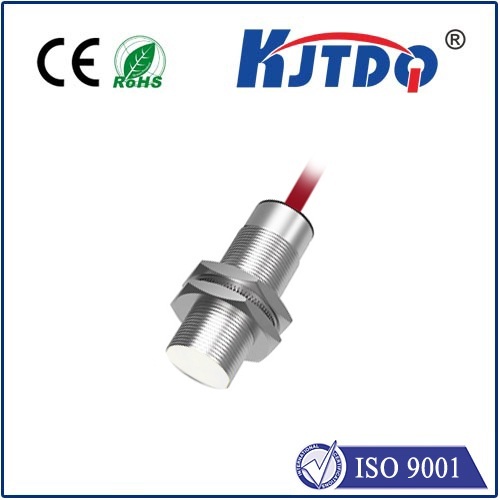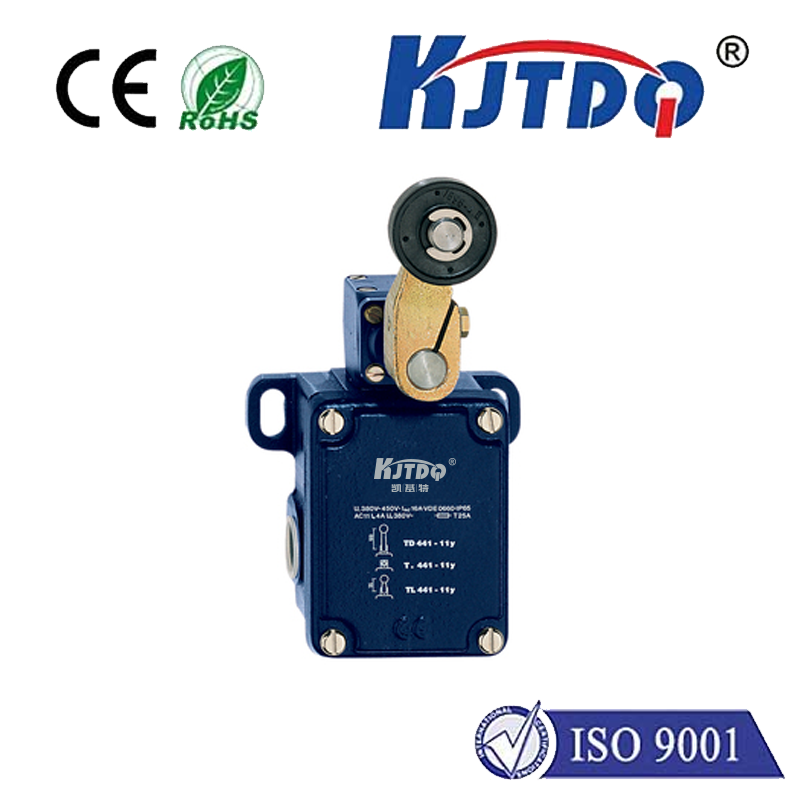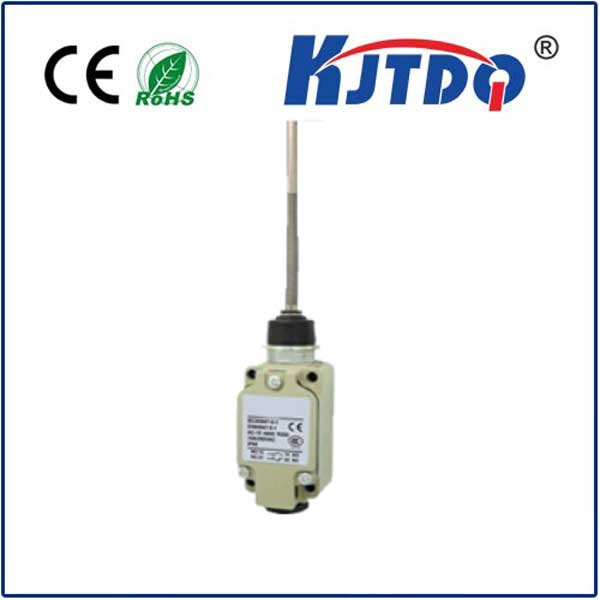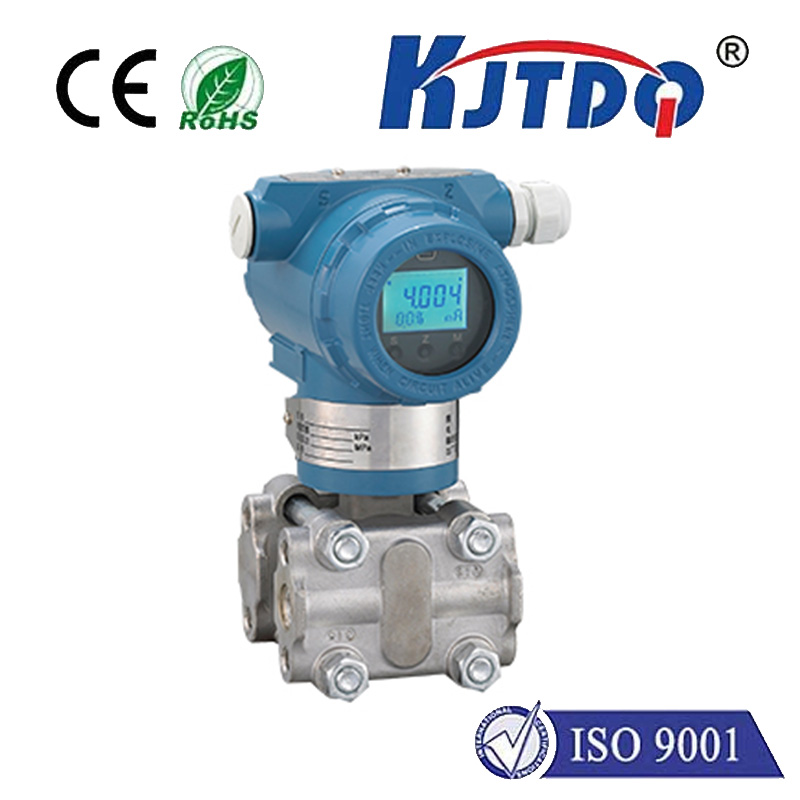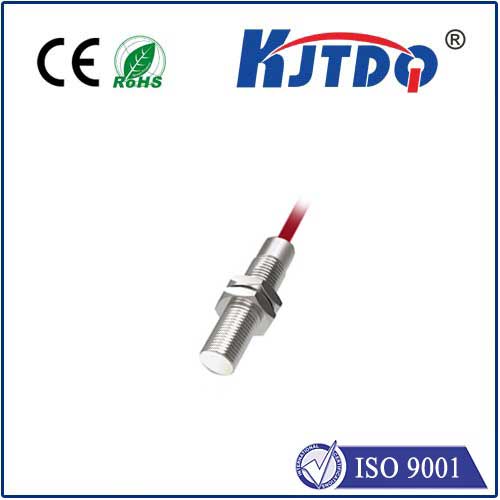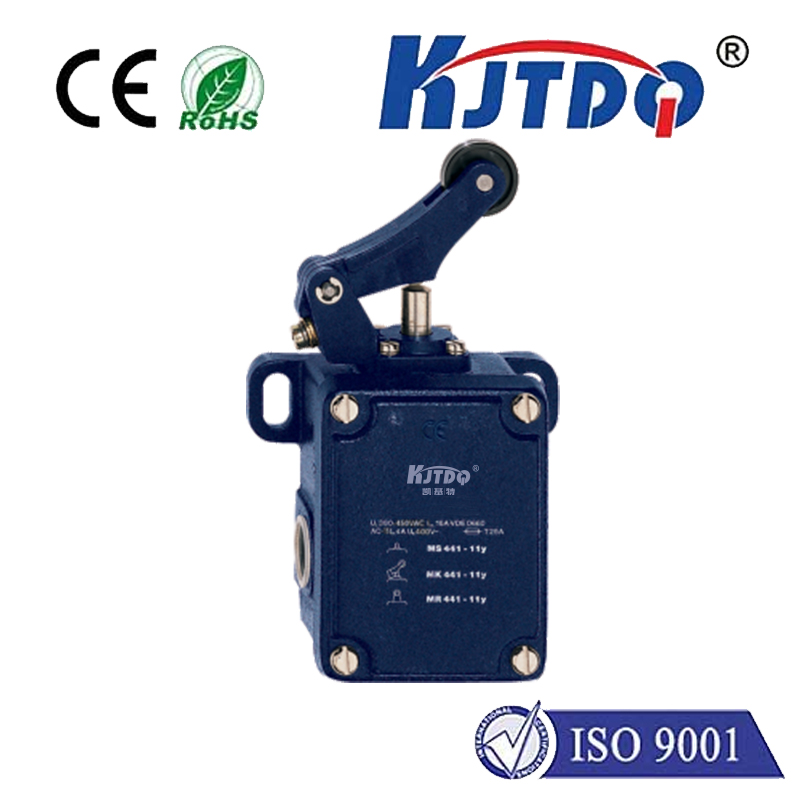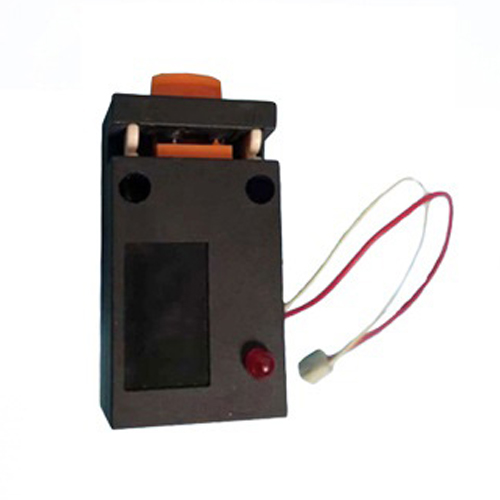

check

check

check

check

check

check

check

check

check

check
Title: The Power of Universal High Limit Switches in Industrial Automation
Introduction:
In the fast-paced world of industrial automation, efficiency and safety are key factors that determine the success of any manufacturing process. To achieve these goals, engineers and manufacturers rely on advanced technologies such as universal high limit switches (UHSs). These devices are designed to control the flow of electricity in a variety of applications, from robotic systems to power distribution networks. In this article, we will explore the fundamental concepts behind UHSs and their vital role in modern industrial automation.
Section 1: Understanding Universal High Limit Switches
A universal high limit switch is a device that allows you to control the flow of electricity in a specific direction by opening or closing a circuit. It is an essential component of many industrial自动化 systems, including safety systems, power distribution networks, and robotic systems. The basic principle behind a UHS is simple yet powerful: it can be used to turn electrical circuits on and off based on a specified condition.
Section 2: The Types of Universal High Limit Switches
There are several types of universal high limit switches available on the market. The most common ones include:
* Mechanical switches: These are the simplest and most basic type of UHSs. They consist of a moving part (usually a plunger) that opens or closes a circuit when pressure is applied to it.
* Electromechanical switches: These are similar to mechanical switches but use an electric motor to move the plunger instead of physical pressure. They are often used in high-pressure applications where mechanical switches may not be suitable.
* Photoelectric switches: These switches use a photocell (or light-sensitive diode) to detect the presence or absence of an object. When an object comes into contact with the switch, it interrupts the flow of electricity and causes the switch to open or close.
* Temperature-sensitive switches: These switches are designed to open or close a circuit based on changes in temperature. They are commonly used in heating and cooling systems where accurate temperature control is essential.
Section 3: Advantages of Universal High Limit Switches
There are several advantages to using universal high limit switches in industrial automation. Some of the most significant benefits include:
* Safety: UHSs are critical components in many safety systems, such as explosion proof enclosures and fire suppression systems. They allow operators to shut down power to equipment before potential hazards occur.
* Reliability: UHSs are designed to withstand harsh environmental conditions and continuous use, ensuring reliable performance even in demanding applications.
* Scalability: UHSs can be customized to suit various sizes and shapes of equipment, making them scalable for use in different industries and applications.
* Cost-effectiveness: Compared to other types of switches, UHSs are relatively inexpensive and easy to install, making them a cost-effective choice for many manufacturing processes.
Conclusion:
Universal high limit switches play a crucial role in modern industrial automation by allowing operators to control the flow of electricity based on specific conditions. Whether used for safety systems, power distribution networks, or robotic systems, these devices offer numerous benefits such as safety, reliability, scalability, and cost-effectiveness. As technology continues to evolve, it is likely that we will see further developments and improvements in the design and functionality of UHSs, further enhancing their importance in industrial automation.
